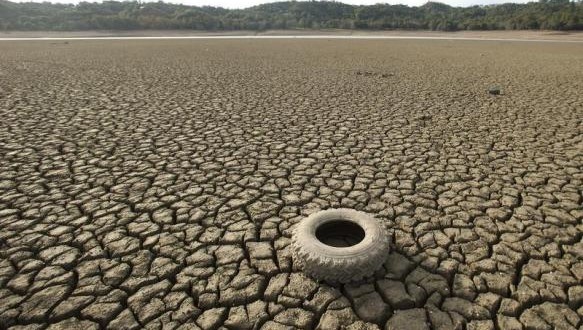In the 1930s, the southwestern Great Plains suffered a series of severe droughts. Overfarming and overgrazing had destroyed prairie grasses, making the topsoil even more vulnerable to strong winds. NASA scientists now say that one of those drought years, 1934, was the driest and most widespread in a millennium.
The drought, which affected nearly 72 percent of the western United States, was likely to have been made even worse by atmospheric effects from man-made dust storms.
“We noticed that 1934 really stuck out as not only the worst drought but far outside the normal range of what we see in records,” said lead author Benjamin Cook, environmental scientist at NASA’s Goddard Institute for Space Studies.
The drought was caused in part by an atmospheric phenomenon that may have also led to the current drought in California, the findings showed.
The three-year drought currently crippling California will cost the state $2.2 billion (Rs. 13,500 crore) in 2014 alone, and is likely to continue through 2015.
The extent of the 1934 drought was approximately seven times larger than droughts of comparable intensity that struck North America between 1000 A.D. and 2005, and nearly 30 percent worse than the next most severe drought that struck the continent in 1580.
The new study used the North American Drought Atlas, a database of drought reconstructions dating back nearly 2,000 years that are based on tree-ring studies.
It also analysed records of air and sea surface temperatures and precipitation to show that the 1934 drought was the worst drought since 1000 A.D.
Agencies/Canadajournal
 Canada Journal – News of the World Articles and videos to bring you the biggest Canadian news stories from across the country every day
Canada Journal – News of the World Articles and videos to bring you the biggest Canadian news stories from across the country every day



